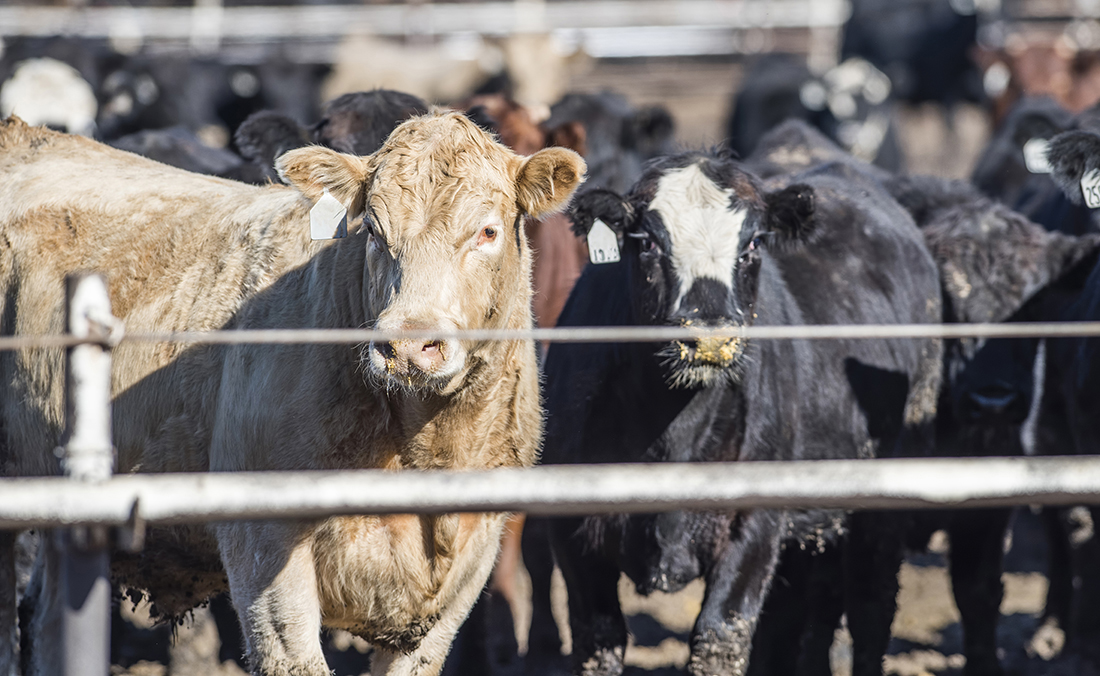Many producers are moving cattle to market early this fall, but all signs point to strong demand.
The export value of fresh and frozen beef was up 25% in the first seven months of the year, according to Industry Canada trade data, and Canada’s recognition in May by the World Organisation for Animal Health (OIE) as a negligible risk country for bovine spongiform encephalopathy (BSE) promises to further support exports.
Singapore became the first country to remove its remaining trade restrictions limiting imports of beef from Canada on August 20. While it has received no beef shipments from Canada since 2019, Singapore’s move is a positive sign for Canadian Cattlemen’s Association president Bob Lowe.
“While Singapore is not currently a large market for Canadian beef, CCA is pleased with the market access progress as diverse market access leads to trade resiliency and the highest overall value for Canadian farmers and ranchers,” he says. “We are encouraged by Singapore’s change and hope others will follow soon.”
While most of Canada’s trading partners had already approved all Canadian beef based on Canada’s previous OIE BSE controlled risk status, several key trading partners had yet to do so. These include China, the third largest export market for Canada’s ranchers.
CCA is also working to align standards for the removal of Specified Risk Material (SRM) with those of the US, currently Canada’s largest export market for beef.
While a greater number of cattle heading to market this fall may depress prices for producers, Canfax senior analyst Brian Perillat said strong demand means the outlook is good.
“Beef demand is very strong and we’re expecting good prices next year,” he says. “It’s supporting prices at relatively decent levels.”
With files from Kate Ayers


 Homegrown agritech ramps up
Homegrown agritech ramps up